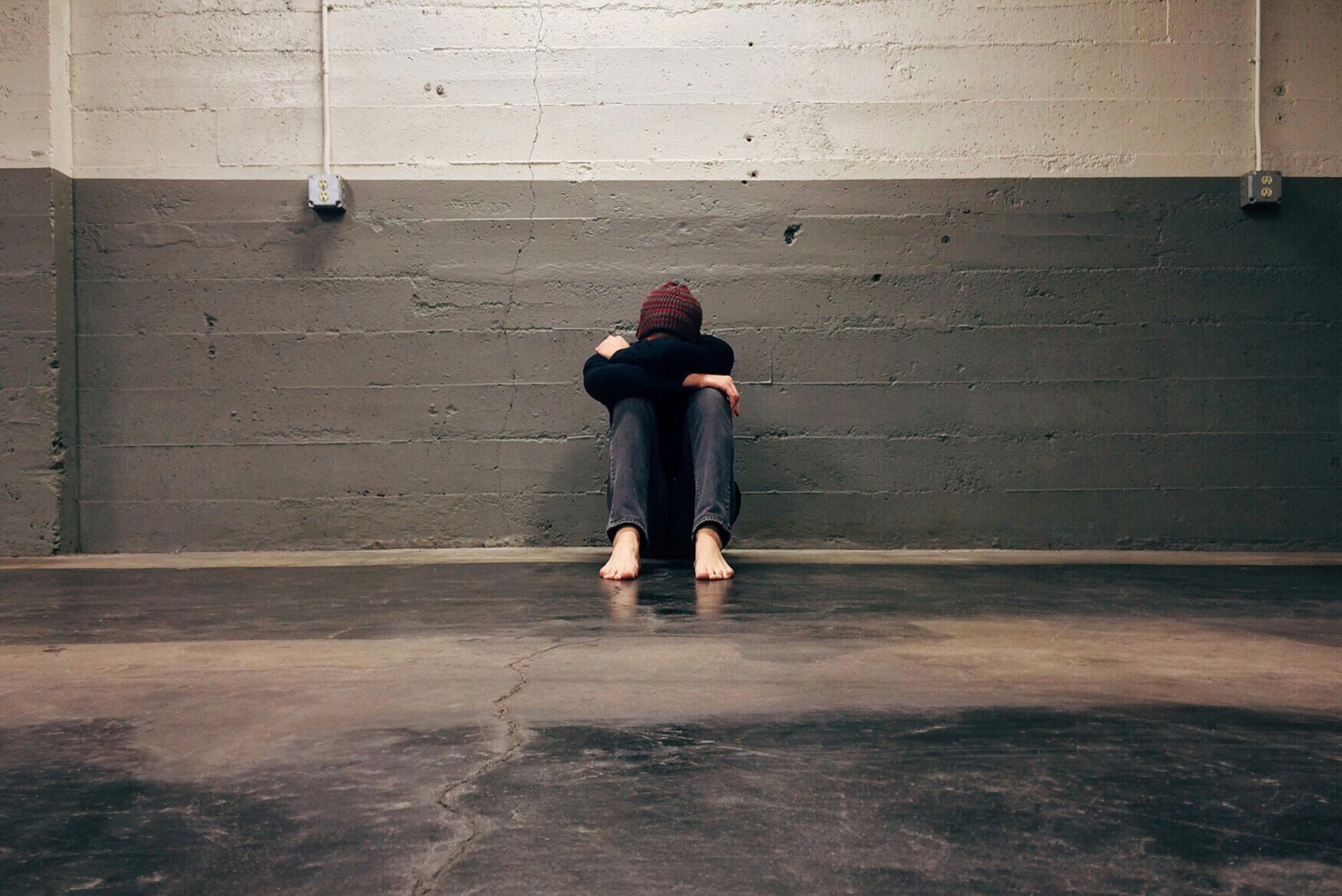The Weight We Carry Without Realizing
Sometimes the body keeps secrets the mind is just beginning to understand. Maybe you notice a persistent ache between your shoulder blades after a long week of working, caretaking, or, frankly, just holding it together in a world that asks a lot. You might stretch, hoping for release—a gentle pop or moment of comfort—but the tension lingers.
For many, the story of scapular depression doesn’t begin in an anatomy textbook. It starts with lived experience: the subtle, often quiet, signals our bodies give when we’re carrying more than our fair share—be it emotional burdens, old trauma, or patterns of self-protection that once kept us safe.
Even if you’ve never heard the phrase “scapular depression,” your body may already be familiar with its effects.
What Is Scapular Depression? When Anatomy Meets Emotional Life
Technically, scapular depression refers to the downward movement of the shoulder blades (scapulae) away from the ears—think shoulders slumping, settling into the ribcage. This movement isn’t inherently negative; it’s part of the body’s natural vocabulary. But when it becomes a chronic posture—driven by tension, habit, or even psychological distress—it can lead to pain, restricted movement, and a sense of heaviness that’s hard to shake.
For some, scapular depression is the result of physical factors: weak upper back muscles, overuse of certain muscles in exercise, or compensation for prior injury. For others, it quietly connects to emotional boundaries, past trauma, or ongoing stress.
Psychologically, the body sometimes mirrors our attempts at emotional regulation or protection. When we habitually “hold ourselves down”—making ourselves smaller, guarding our heart, or bracing against the world—the body often joins in, lowering the shoulders and tightening the chest. Like emotional armor, scapular depression can serve as a subtle signal that the world doesn’t feel entirely safe.
How Scapular Depression Shows Up in Daily Life
Scapular depression doesn’t announce itself loudly. Instead, it slips into daily experience in the form of fatigue, headaches, or an unshakable stiffness. Maybe you can’t quite get comfortable at your desk, or you catch yourself sighing—a subconscious attempt to reset.
You might recognize it if you:
- Feel a chronic “pulling down” sensation from the shoulders to mid-back.
- Notice postural habits like rounded shoulders or a forward head.
- Experience numbness or tingling in your arms after long periods at the computer.
- Have trouble opening up your chest or taking a full, easy breath.
Beyond the physical, scapular depression can echo in our emotional world. It may reinforce the inner narrative that you have to stay small, silent, or hypervigilant to stay safe. For those with histories of trauma, these bodily patterns can feel eerily familiar, linking directly to attachment, boundary negotiation, or long-ago survival strategies.
If you sense that your experience is more than just muscular, tools like the Comprehensive Mental Health Assessment and Depression Risk Assessment can help you explore those deeper layers.
Practical Tools for Healing Scapular Depression—Body and Soul
Healing scapular depression starts with awareness—listening for the language your body is speaking.
It’s tempting to view the body as a machine, but the truth is, it’s an emotional landscape as much as a physical one.
Gently experiment with these strategies:
- Restore Movement: Gentle stretching of the chest and strengthening of the mid-back (like scapular retraction exercises or yoga postures) helps rebalance the muscles’ workload.
- Mindful Posture Checks: Instead of “fixing” your posture, try simply noticing when your shoulders slump and experiment with subtle changes. Picture your collarbones widening or your heart lifting.
- Breathe with Intention: Diaphragmatic breathing can release stored tension, soften chronic activation, and signal safety to both body and mind.
- Psychological Self-Reflection: Ask yourself: When do I feel safest in my body? What situations make me shrink, physically or emotionally? How do boundaries or emotional safety echo in my physical form?
- Seek Safe Connection: If you feel stuck, consider working with a trauma-informed therapist or somatic practitioner who respects the body-mind connection.
Remember—healing scapular depression is not just about stretching or strengthening. It’s also about permission: giving yourself space to take up more room in your own life, to set boundaries, and to breathe deeper than survival mode allows.
Letting the Shoulders Rise: A Gentle Reframing
Our bodies tell the truth even when our words cannot.
Scapular depression may be a physical label, but for many, it becomes a metaphor—of burdens carried, boundaries unspoken, or the long aftermath of emotional overload. There’s no shame in having a body that reflects your lived experience.
You are allowed to move through the world with your shoulders open, your chest lifted, your breath full and generous.
If you find yourself pulling downward, pause. See if you can invite some gentle curiosity instead of self-criticism. Healing isn’t about erasing what was, but about outgrowing what no longer serves.
Your body is shaped by more than gravity. Some of that weight, you can let go—even just a little. Each time you do, you claim a little more space for your fullest, truest self.
---





Leave a comment
This site is protected by hCaptcha and the hCaptcha Privacy Policy and Terms of Service apply.